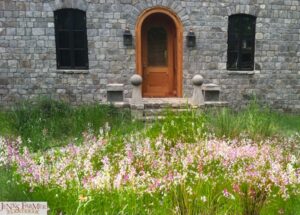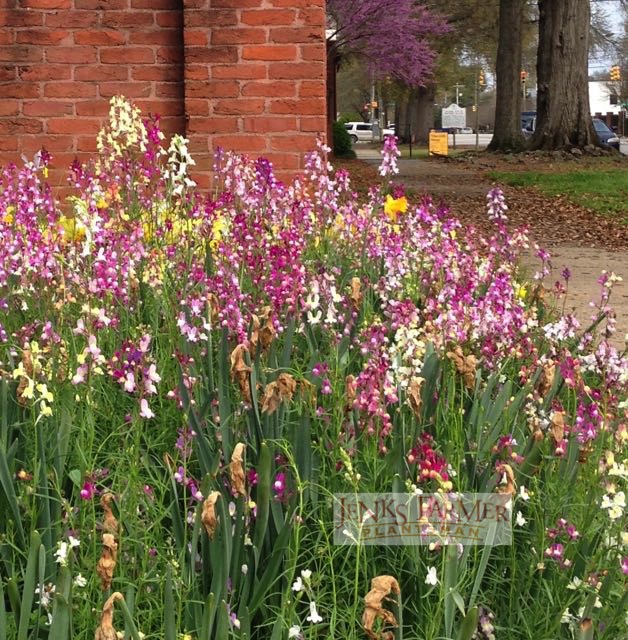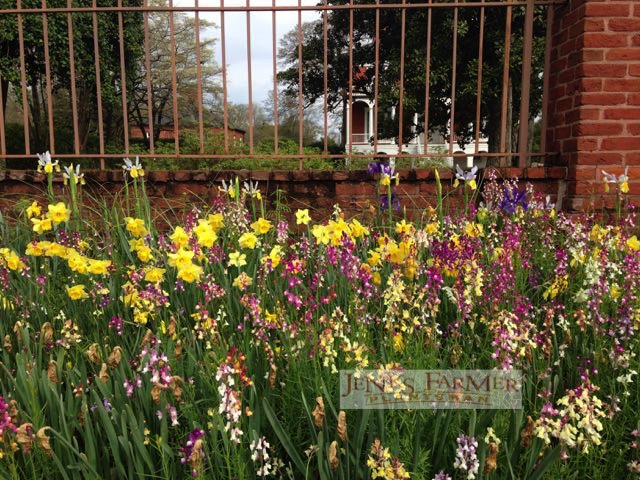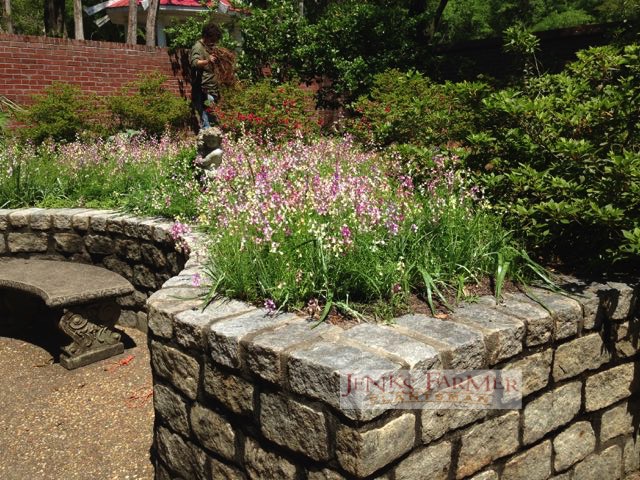Must Have Happy Flower for Fall Seed-in
From mid-march all the way through May everyone who sees any garden I’ve designed wants that cheerful, easy to grow wildflower that I call Moroccan Toadflax. I like that name since this little plant looks like our native called toadflax, or field flax (there’s an essay about that lovely little wildflower in this book). But catalogs call it spurred snapdragon. The Latin name is Linaria maroccana.
Get the seeds anytime and keep them in the fridge. But don’t sow them until mid-fall. In our zone 8, sow in October, the thread-like seedlings stand all winter. A friend in zone 3, (central Canada) said she does the same thing; sow in fall and let the snow protect the tiny seedlings all winter. Sounds suspicious and cruel to me; tiny toadflax in the tundra.
I always scatter on a rainy day. Seedlings come up in ten days. But you don’t have to get out in the rain — seeds will sift in and wait for it. Sometimes I simply cut back a few summer perennials, scatter some compost and seed over the spot and water in. Or after I’ve planted bulbs, I’ll use my seed shaker, which is really an old parmesan cheese jar, to take advantage of that churned-up soil.
Just find a sunny spot, sprinkle them over a perennial border, or even in the cracks of sidewalk and bricks. Or do the same in little pots for joyful, movable, give-able gardens.

In this newly planted meadow garden, I added toadflax seed to give some quick spring color while the grasses wait for warmer weather to grow.




